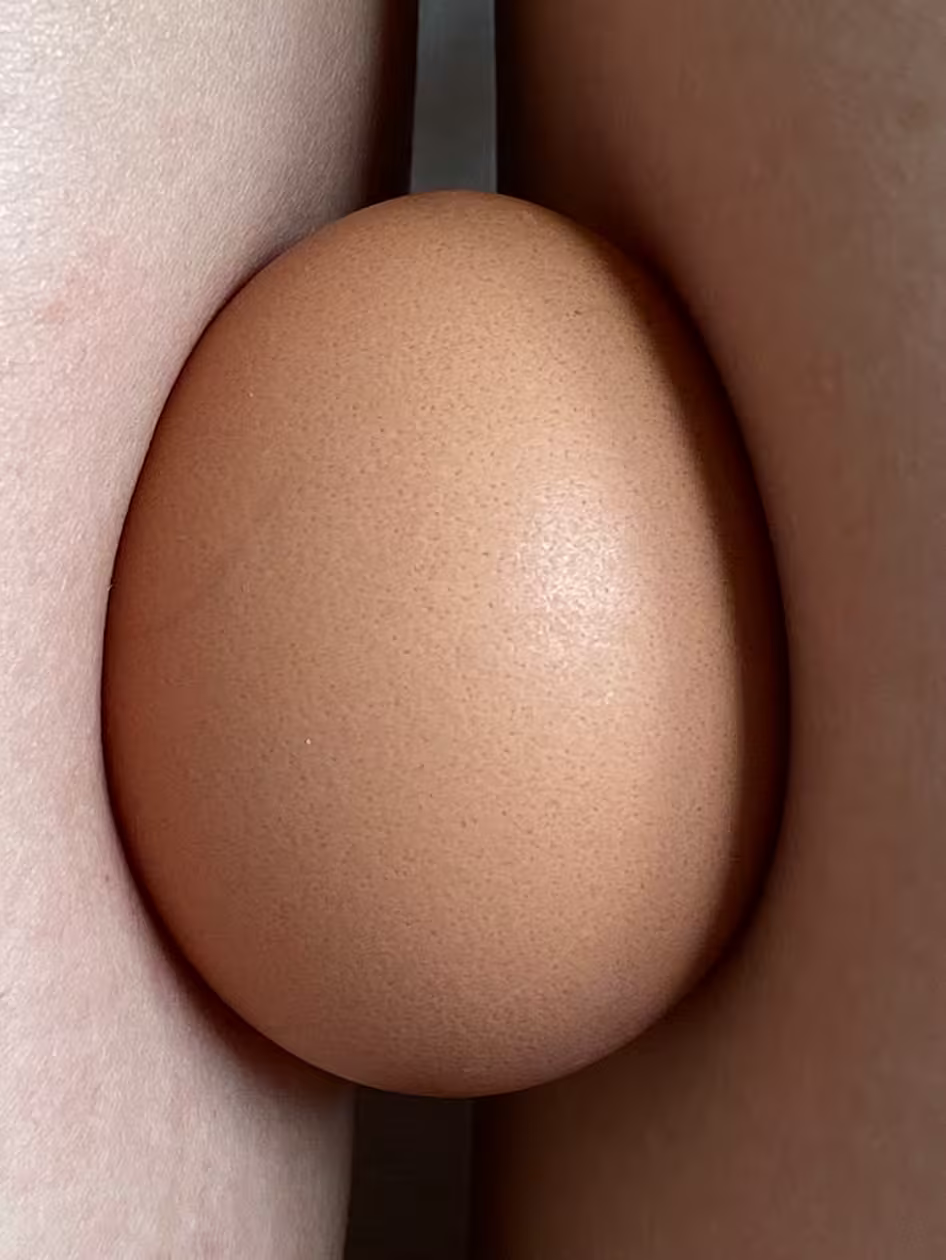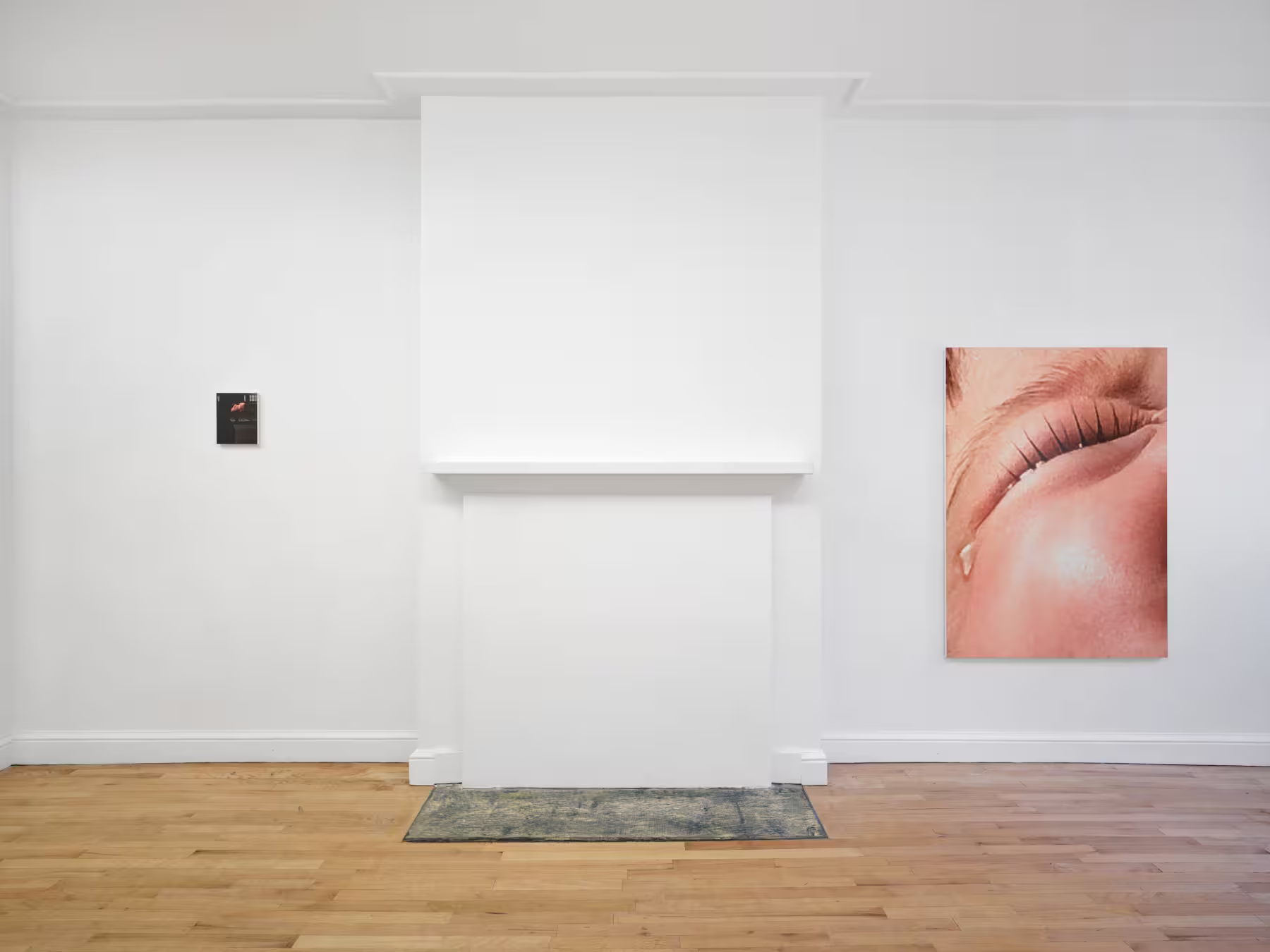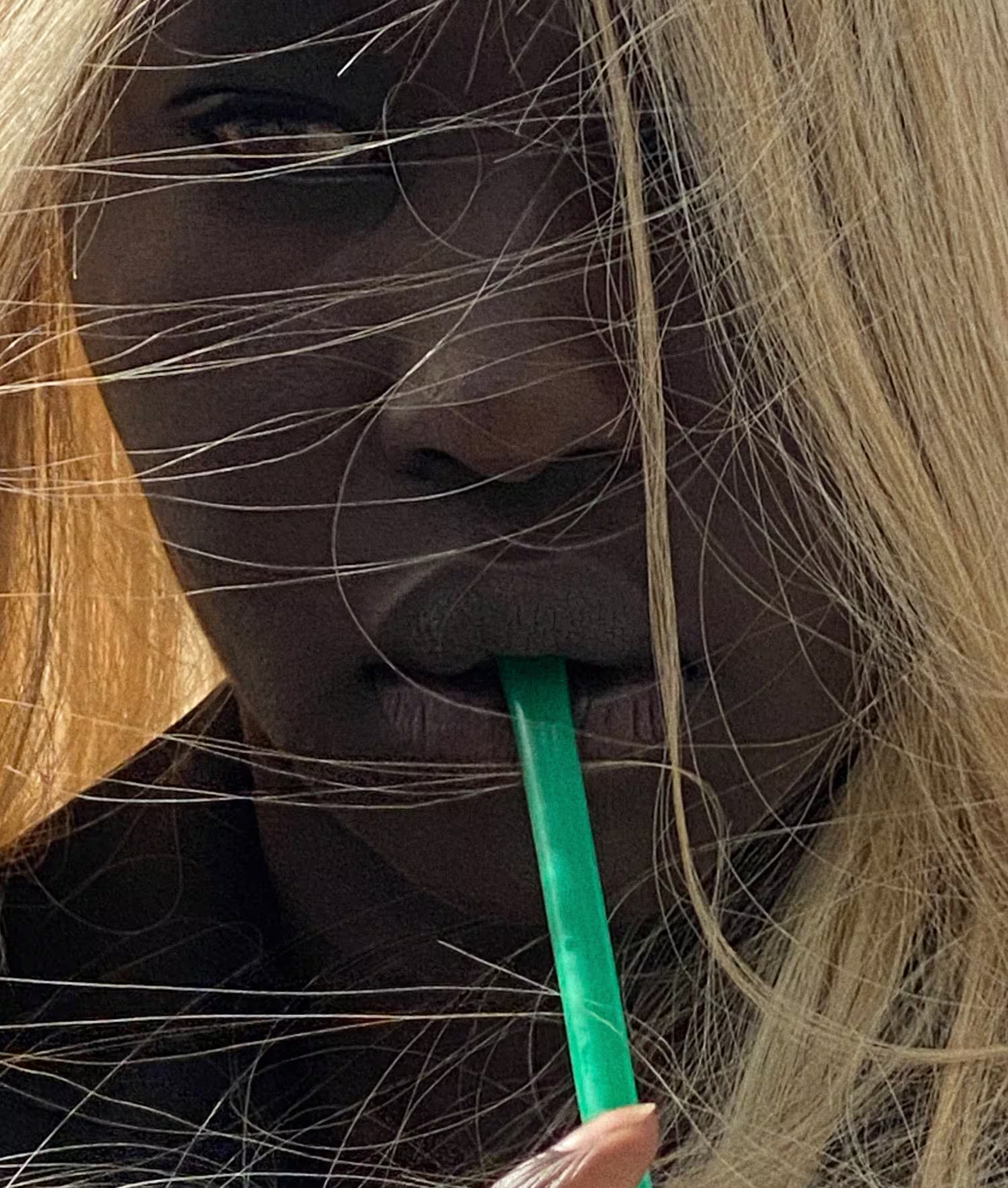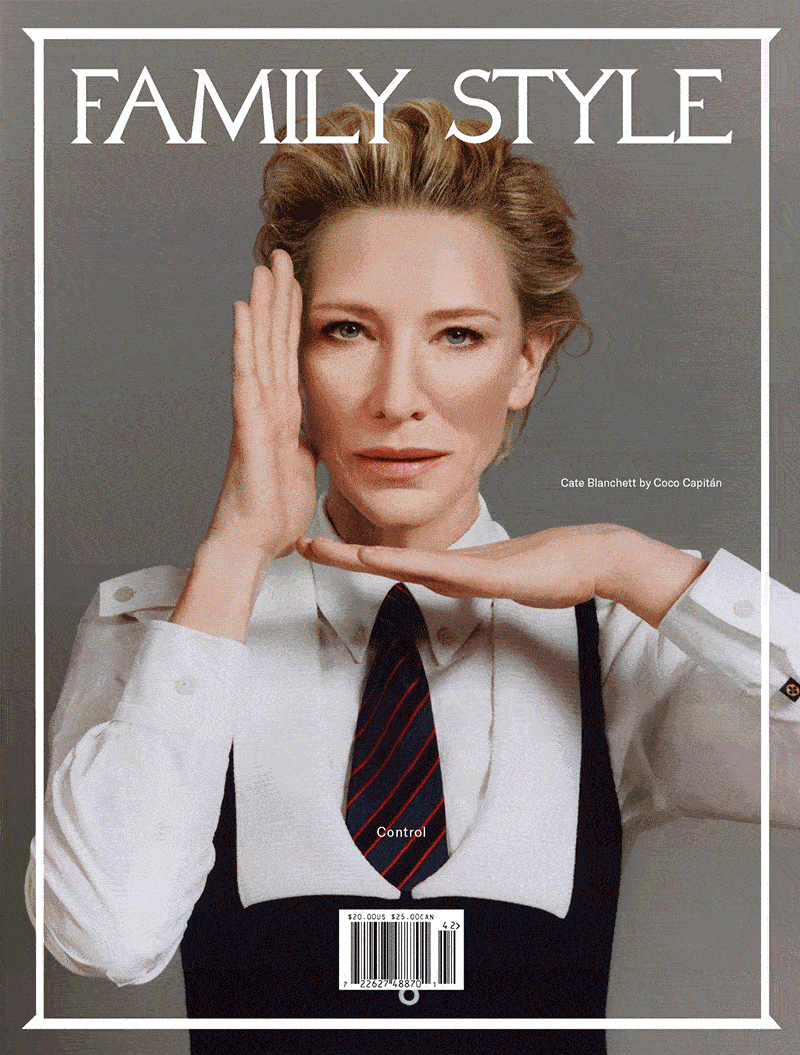
Tanya and Zhenya Posternak, untitled, 2020. Image courtesy of the artists and Galerie Tominier.
Tanya Posternak says a human body is her favorite texture to photograph. At Galerie Timonier for the next month, a selection of photographs from her and her twin sister, Zhenya, take on fresh meanings in their new exhibition, “Orange.” In it, surfaces are not identities but configurations. An ear becomes a landscape. A hand is an object among other objects. In an untitled 2020 image, a brown egg rests between thighs, its aspect ratio matching that of the egg itself. Mounted with invisible foam, the photographs from the Ukrainian-born duo push away from the walls, refusing the screen-based flatness we’ve grown accustomed to daily.
Why “Orange” if the color barely appears in the show? Zhenya cites Francis Ponge’s 1942 poem of the same name. “His observation of the natural world was really influential when editing the photographs,” she explains. “The game of poetry, in his words, ‘neither imitates nor represents life.’” Instead, Ponge turns words into objects themselves. “The show was a similar play, but with the visual aspect in focus,” she adds. For Tanya, choosing it was more organic. “In a funny way, ‘orange’ felt like a very bold word itself—almost a statement. It felt interesting to bring color to the name, even if textually.”

Installation view of Tanya and Zhenya Posternak: "Orange.” Photography by Argenis Apolinario. Image courtesy of Galerie Tominier.
This interplay between form and perception, image and language, runs throughout the Posternak’s work on view. The sisters established their practice shooting for brands like Alaïa, Chanel, Loewe, and Hermés. Their fine art practice is rooted in a similar kind of image-making—spontaneous, deeply observational, often sculptural. Their images reflect an ability to see something anew, to remove it from expectation. Perhaps this artistic detachment emanates from their shared vision or twinship.
“We don’t have strictly assigned roles when working,” Zhenya says. “But we complement each other—T is more visual, whereas I like to think conceptually.” The result is an intuitive and exacting approach, as her sister notes, “The presence of dynamism is very important for us.” In one of the show’s images, titled Aweng, the Posternaks capture model Aweng Ade-Chuol mid-motion, sipping coffee on Allen Street. “We were walking down the street, and it was just a moment that happened. We shot it instantly,” recalls Zhenya.

Tanya and Zhenya Posternak, Aweng, 2021. Image courtesy of the artists and Galerie Tominier.
For the sisters, a photograph is a response to the world in real time. “All these images feel emotionally charged for us,” says Tanya. “Whether it’s the look of pain on a boy’s face on the subway, the myriad of veins on the ear, or the pink cloud of a body on a bench.” And this immediacy is the Posternaks’ real gift. Their world is one of motion caught in stillness, the uncanny hidden in the familiar.
To Zhenya, the process feels more important than the outcome: “The show wasn’t about presenting new work but rather rethinking, reshaping, and re-editing our existing work.” Even with no commercial client or editorial committee to answer to, the challenge of fulfillment remains. “Perhaps, for the artist, it’s always unfinished business—to keep going, trying to move closer to being pleased, with the work and with oneself.”
“Orange” is on view until March 25, 2025 at Galerie Timonier at 246 W Broadway 2nd Floor, New York, NY 10013.












.avif)

